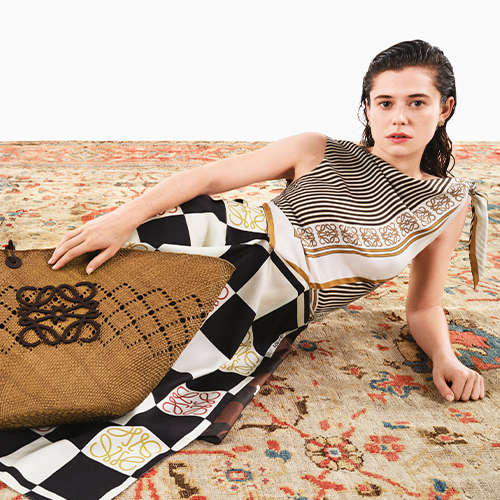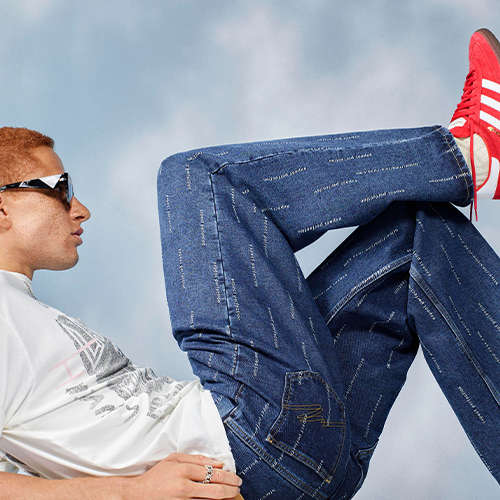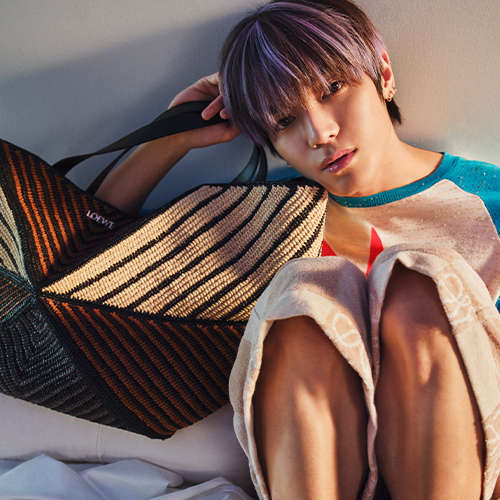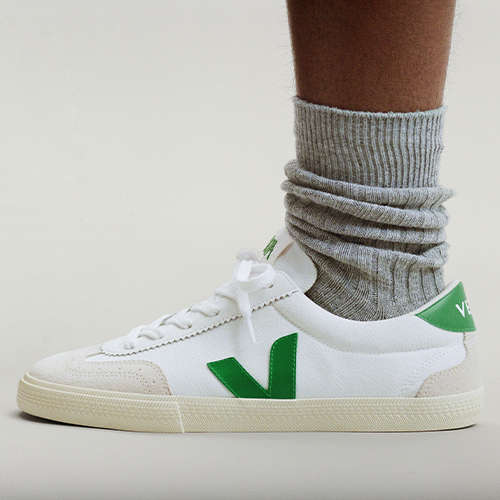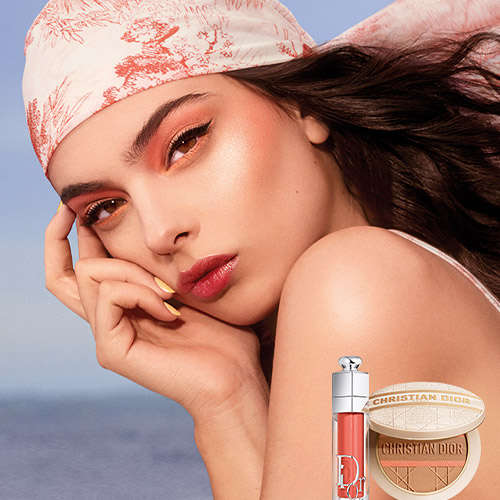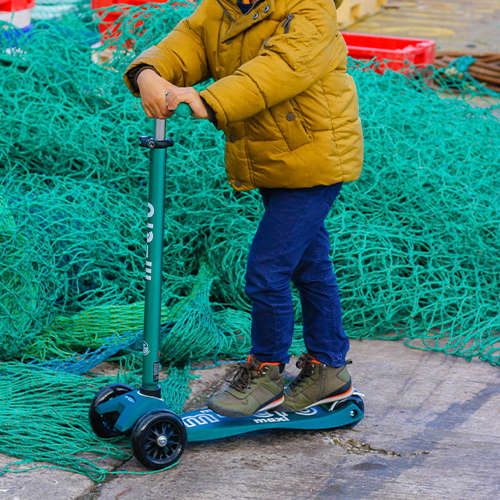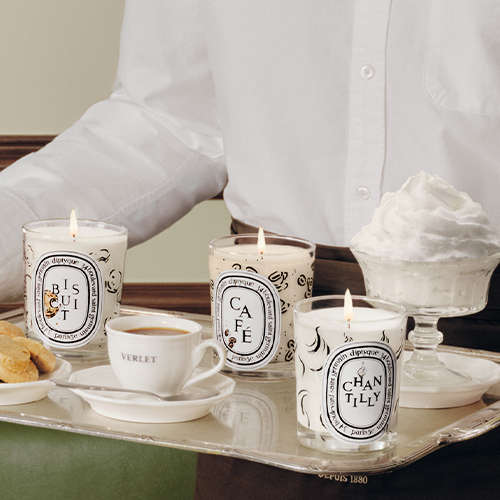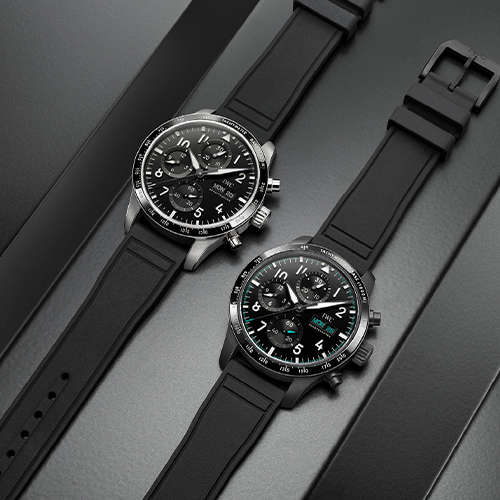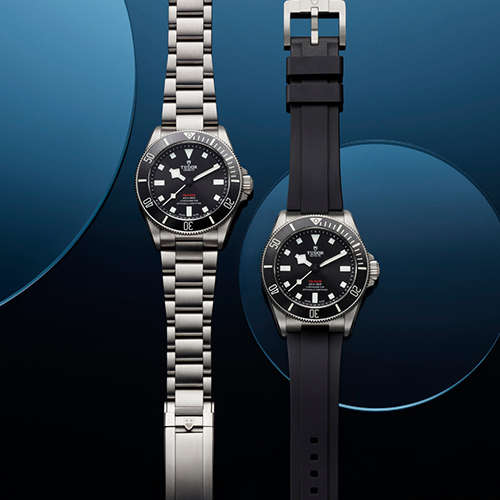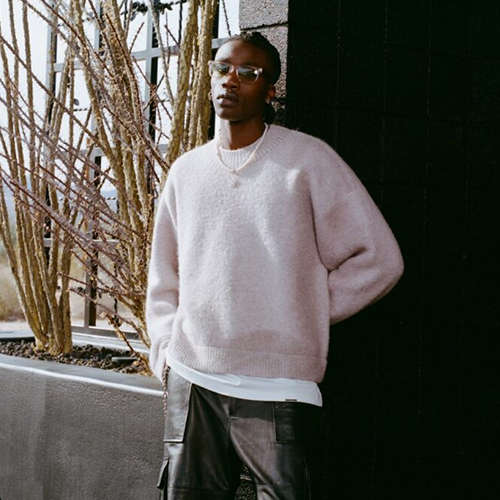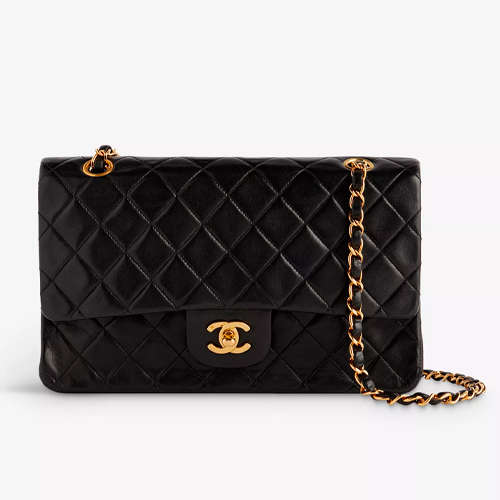- Australia / AUD $
- Canada / CAD $
- China / CNY ¥
- France / EUR €
- Germany / EUR €
- Hong Kong SAR China / HKD $
- Ireland / EUR €
- Italy / EUR €
- Japan / YEN ¥
- Kuwait / USD $
- Macao SAR China / HKD $
- Netherlands / EUR €
- Qatar / USD $
- Saudi Arabia / USD $
- Singapore / SGD $
- South Korea / KRW ₩
- Spain / EUR €
- Taiwan / TWD $
- United Arab Emirates / USD $
- United Kingdom / GBP £
- United States / USD $
- Not yours? Read more
Tell us what you think
Shop in your local currency and language
You are currently in United Kingdom GB / GBP £ store
- English
- English
- English
- English
- English
- English
- English
- English
- English
- English
- English
- English
- English
- English
- English
- English
- English
- English
- English
- English
- English
Did you know that we deliver to 130 countries or regions and offer a range of delivery options to suit you wherever you are in the world? Find out more
Sign up once to our Selfridges+ service and you can enjoy unlimited deliveries wherever you are in the world. FIND OUT MORE
International delivery
With almost everything on selfridges.com available for International Delivery, you can send your order to 130 countries or regions around the world, including North America, Australia, the Middle East and China.
Although we only offer 20 currencies to browse in online, you can still deliver to all of the following countries or regions:
- Algeria
- Andorra
- Antigua and Barbuda
- Aruba
- Australia
- Austria
- Azerbaijan
- Bahrain
- Bangladesh
- Barbados
- Belarus
- Belgium
- Belize
- Bermuda
- Bolivia
- Botswana
- Brunei
- Bulgaria
- Cambodia
- Canada
- Cayman Islands
- Chile
- China
- Colombia
- Costa Rica
- Croatia
- Cyprus
- Czech Republic
- Denmark
- Dominica
- Dominican Republic
- Ecuador
- Egypt
- El Salvador
- Estonia
- Finland
- France
- French Guiana
- Germany
- Gibraltar
- Greece
- Grenada
- Guadeloupe
- Guatemala
- Guernsey
- Guyana
- Honduras
- Hong Kong
- Hungary
- Iceland
- India
- Indonesia
- Ireland
- Israel
- Italy
- Jamaica
- Japan
- Jersey
- Jordan
- Kazakhstan
- Kenya
- Kuwait
- Laos
- Latvia
- Lebanon
- Lesotho
- Liechtenstein
- Lithuania
- Luxembourg
- Macau
- Malaysia
- Maldives
- Malta
- Martinique
- Mayotte
- Mexico
- Monaco
- Montserrat
- Morocco
- Myanmar
- Namibia
- Netherlands
- New Zealand
- Nicaragua
- Nigeria
- Norway
- Oman
- Pakistan
- Panama
- Paraguay
- Peru
- Philippines
- Poland
- Portugal
- Puerto Rico
- Qatar
- Reunion
- Romania
- Rwanda
- Saint Kitts and Nevis
- Saint Lucia
- Saint Martin (French part)
- San Marino
- Saudi Arabia
- Serbia
- Singapore
- Slovakia
- Slovenia
- South Africa
- South Korea
- Spain
- Sri Lanka
- Suriname
- Swaziland
- Sweden
- Switzerland
- Taiwan
- Tanzania
- Thailand
- Trinidad and Tobago
- Turkey
- Uganda
- Ukraine
- United Arab Emirates
- United Kingdom
- United States
- Uruguay
- Venezuela
- Vietnam
-
My Account
- Selfridges Unlocked
- Preferences
- Wish List
- New In
- Women
- Men
- Bags
- Shoes
- Beauty
- Kids
- Home & Tech
- Food & Flowers
- Jewellery & Watches
- Gifts
- Brands
- Reselfridges
Selfridges says
Explore outdoor furniture
-
All mens bags
- Backpacks Messenger bags Tote bags Briefcases Belt bags Wallets Cardholders Travel bags Wash bags
-
All kids bags
- Baby changing bags Boys' bags Girls' bags
Selfridges says
The Project Earth edit
-
Cards & wrap
- Gift wrap Greeting cards
-
By recipient
- Gifts for her Gifts for him Gifts for them Gifts for kids Gifts for pets
-
By price
- Under £75 Under £150 Under £250
-
By occasion
- Birthday New baby New mum Wedding Anniversary Engagement New home
-
Trending brands
- BIRKENSTOCK CANADA GOOSE CARTIER CHANEL LEGO MARC JACOBS PRADA REPRESENT SELETTI SKIMS
Selfridges says
Our exclusives
-
Shop by category
- Beauty Bags Women’s Men’s Shoes Jewellery & watches Foodhall Kids’ & toys Home & tech Gifts
Selfridges says
Learn about Project Earth
Find out more about our labels
Discover our commitments
| Good as new: repair your most-loved items |
Enjoy free delivery for 12 months with Selfridges+. Sign up
Beauty in question
how is AR transformiNg beauty?
As part of our explorations into the future of beauty with the Dazed Beauty team, join Creative Director Masha Batsii and futurist Geraldine Wharry as they discuss the mind-blowing developments, interesting limitations and future of augmented reality.
Words: Felicia Pennant
How is AR changing our perceptions of beauty? How can it help make the industry more sustainable? And are there any negative impacts of this new direction? To get answers and enlightening insights, we caught up with Geraldine Wharry – a futurist, educator, designer and regular Dazed Beauty contributor – and digital creative Masha Batsii, who has a background in 3-D, AR and VR design (including Instagram face filters) and ‘owns’ a CGI pet named Doubtful G.

Image by Masha Batsii: "getting ready to go to the living room
(filter inspired by Meng Lu)"

Image by Masha Batsii: “everyone deserves a moment of floof”
I would like to wake up and see my actual face, but also say hi to my AR self as part of a wellness routine, an affirmation
– Geraldine Wharry
How do you define what AR is?
GW: Beyond tech. It’s the ability to be a chameleon and expand human perception. I feel like my dreams have always been AR. I have very active dreams, and now it feels like we can turn whatever weird things that happen in dreams into a reality, which is insane. It’s totally engaging with human emotions and deep instincts in a whole new way.
MB: I couldn’t agree more! My first meaningful AR experience was creating my own virtual partner, Doubtful G. At first, Doubtful G’s existence was just an experiment, something I practised my 3-D skills on. But after posting them (it’s a genderless being) on Instagram, they started living on their own. People would really engage with, and address, Doubtful G as a living persona. Doing a radio show together, communicating as two beings and generating images and videos of us together made me braver in terms of choosing tracks and curating the show.

Image by Masha Batsii: “everyone deserves a moment of floof”
What do AR and beauty have to do with each other? How has the relationship evolved?
GW: AR has allowed creatives to expand their mediums of expression, pushing boundaries in terms of how far we can go with our human appearance. That’s been the most inspiring aspect, but it goes deeper on a psychological level: it changes how we perceive ourselves and brings to the mainstream the idea that we are a device. The lines between machine, virtual human and reality are now totally blurred.
MB: AR in the form of filters assists us in creating virtual versions of ourselves already – the same way we dress up our avatars in games. We can finally start customising ourselves. Digital make-up is just super playful – another way to express your wildest fantasies. It has the same roots as cosplay, but it’s even more accessible and affordable – it multiplies the possibilities.
Most people are familiar with AR filters on Instagram – what has driven the surge? Why are people so obsessed?
GW: It’s part of the broader development of biohacking [a fusion of technology and biology]. We have tasted what it could be like to be eternal, everchanging, and it feels amazing. It is all part of the future ecosystem of our augmented selves and is already playing out in labs, in design studios, in the virtual space.
MB: Filters have become folklore now, just like memes. It’s easy and accessible to everybody, and, for the younger generation, being able to code is like using Photoshop. It’s also a great tool for procrastination, but I can’t wait for the next thing – Instagram is a social media platform, after all, and has way too many technical limitations.


Image by Masha Batsii: "Trained Doubtful G to be my nail tech now that all the salons are closed”
Digital make-up is just super playful, another way to express your wildest fantasies
– Masha Batsii
Get the AR effect IRL
From high-shine metallics to bold pigments and playful textures, get creative with these experimental products.
Which filters do you use and why?
GW: This may be controversial, but I actually don’t use filters much. If I had to choose, I do love Ines Alpha’s filters. She deserves credit for bringing a certain kind of eccentricity and more creativity to the Instagram filter space: elements inspired by flowers and animals turning us into these beautiful creatures, not just a cute cartoon with tiger ears.
MB: I love playing with object-placement-based filters – the ones where you can place foreign objects into environments. There’s so much you can do with your phone when creating your own AR. The floating faces video I did was done with the Trnio app – I 3-D-scanned my face first and then placed it onto my street using the same app.
Beyond filters, what are the beauty movements being supported and redefined by AR?
GW: A lot of face filters promote perfection and a dream-like human state. That’s why I love @aevtarperfom filters – they are hacked, sometimes messy, and there’s more to explore than being obsessed with a polished appearance. There needs to be more inclusivity in the AR filter space. In video games, for example, there’s a liberation that people with disabilities can experience. I wish there were more face filters celebrating acne or skin imperfections, connecting these various pigmentations and augmenting them into something ‘other’ that’s open for interpretation.
MB: I loved the Botox-type filters at the time. It really satisfied the curiosity of many who mused, ‘What would I look like if I got the job done?’ and kind of ruined the whole stigma around it, making it funny.

Image by Masha Batsii

Image by Masha Batsii: “A quarantine makeover to avoid getting too domesticated”
You might have the sudden urge to bleach your eyebrows, and a bunch of funky filters are great for satisfying these urges
– Masha Batsii
How is AR’s role in beauty changing?
GW: AR allows us to test products without immediately extracting a host of ingredients from the earth (although the tech does use a lot of energy to power up), which is a positive in terms of sustainability. If we pair AR with data gathering, we could use an individual’s biometric data to inform products and services. This opens so many possibilities in terms of a more precise and personal approach to beauty products.
MB: AR make-up is much more sustainable than the real thing. Formulas can clog up skin, take years of research and are pretty wasteful. Sometimes, you might just have a sudden urge to do something random like bleach your eyebrows, and a bunch of funky creative filters are great at satisfying these urges.

Image by Masha Batsii: “A quarantine makeover to avoid getting too domesticated”
Do you think there are any downsides to the increased use of AR in beauty?
GW: We do need to be careful about thinking ahead to what the long-term implications are in terms of society and behaviours. I’m a fan of AR and think it expands our experience of art, colour, etc, but we have deep responsibilities with all new technologies, not just AR. AR is part of a bigger shift in society towards 100-per-cent tech-led lives. What we can do is learn from our past mistakes. If we look back at some of the catastrophic impacts of industrialisation on our planet in the past 150 years, we must take the time to implement the best approach to migrating to AR, VR and other mixed-reality technologies, and make sure it is for the good of the people and the planet.
MB: Humans are still in such tech infancy – like puppies who need to chew on everything new before we even know what’s good or bad for us and in what quantity. This can apply to AR, too – especially beauty filters, which sometimes can be a super-compulsive habit and can distort one’s understanding of their own beauty. The good news is that AR beauty as a concept is expanding super quickly and is being constantly reshaped by so many forward-thinking artists; there will always be a capable and powerful opposition to any downsides (that aren’t ever going away, like with any tech).
What is the future of AR and beauty?
MB: I want to see more AR used on different surfaces – not just screens but windows, walls, mirrors. This would also enable so much more varied use of it for the greater good. I hope that everybody who got overly obsessed with beautifying filters has satisfied their cravings for online validation and realised that was never a solution! In the long term, AR will give us a chance to worry less about our physical appearance – if you can be anything every day, who cares what you really look like?
GW: Self-acceptance, play and creativity. I would like to wake up and see my actual face, but also say hi to my AR self as part of a wellness routine, an affirmation. What I love about AR beauty in its current state is how open it is to experimentation. I wonder what people will say of the early creators of AR beauty in 100 years. Let’s make them proud!
The Dazed Beauty Edit
Shop the product shaping the future of beauty, curated by Dazed Editor Nellie Eden.
(Hidden on mobile)
Our Stores & Events
Customer Services
Seasonal
Top 10 Most Loved Workplace in the UK for 2022
by Newsweek International
Named Best Retailer 2020
at the Positive Luxury Awards
Four time winner of Best Department Store in the World
at the Global Department Store Summit
Join Selfridges Unlocked

Your Key to extraordinary. Become a Keyholder and unlock exclusive invites, first looks, free delivery, monthly prizes and regular donations.
Error sending data, please try again later
You’ll receive communications and online advertising tailored to the things you love, so they are relevant to your location, what you've shown an interest in and the things you buy from us. You can unsubscribe at any time by clicking the link in any email. See our privacy policy for more information.
Welcome to Selfridges Unlocked
From now on, you’ll enjoy full access to product launches, events, news and free delivery.

